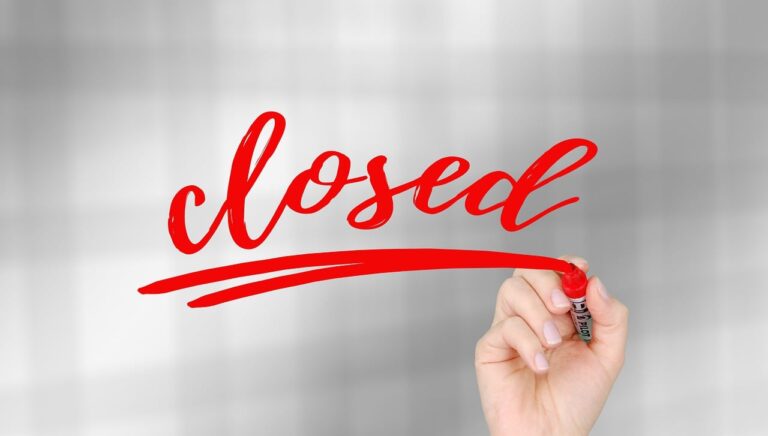Weekly Fiscal Facts are provided to Wisconsin Newspaper Association members by the Wisconsin Policy Forum, the state’s leading resource for nonpartisan state and local government research and civic education. The Wisconsin Policy Forum logo can be downloaded here.
In just the past decade, the number of emergency teaching licenses in Wisconsin has nearly tripled, suggesting schools are facing increasing challenges from staff shortages and high turnover in areas such as special education.
When school districts in Wisconsin cannot find a teacher licensed by the state Department of Public Instruction to fill a position, they can hire an unlicensed individual who then applies for a license with certain conditions, commonly referred to as an emergency license. The licenses also can be used by counselors, social workers, librarians, and school administrators. Emergency licenses play an important role in staffing the state’s classrooms and may be used in a variety of scenarios, which are often short-term and sometimes urgent.
In the 2021-22 school year, the state Department of Public Instruction (DPI) issued 3,197 emergency licenses to teach in Wisconsin. This is an increase of 2,072 licenses, or 184.2%, over 2012-13, when 1,125 emergency licenses were issued.
The number of emergency license holders also rose to a new high of 2,854 in 2021-22, from 1,076 in 2013. In addition, for 2019 and beyond, the number of emergency licenses and license holders is actually higher than the reported counts because since 2018, DPI has offered a three-year emergency license and only includes the license in its reported count for the year of original issuance.
Alongside the increase in licenses and license holders in the past decade, the number of districts and other educational entities employing teachers with emergency licenses also rose, from 303 districts in 2013 to 406 in 2022. Although most emergency licenses are employed in urban and rural districts, the increase in their use has happened in schools across the state.
The data show a large number of teachers hold on to their emergency licenses for multiple years. Since 2017, about 30% of individuals with an emergency license held one in a previous year, and about 10% had emergency licenses in two previous years.
Districts have long faced hiring challenges, but teacher shortage concerns now are more prevalent. The emergency licensure trend bolsters the case that districts face greater difficulties in hiring enough teachers through traditional avenues. Policymakers may wish to consider this trend as they debate how to address teacher shortages, and broader issues such as school funding.
Emergency licenses appear to increasingly provide an alternative process for training new teachers. Rather than completing an educational degree program and then obtaining a post, these candidates are landing the job first and then obtaining the license and the education. As such, it’s key to ensure that new teaching hires with no classroom experience receive sufficient mentorship and training.
This information is provided to Wisconsin Newspaper Association members as a service of the Wisconsin Policy Forum, the state’s leading resource for nonpartisan state and local government research and civic education. Learn more at wispolicyforum.org.



